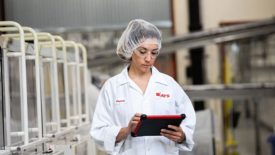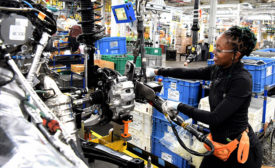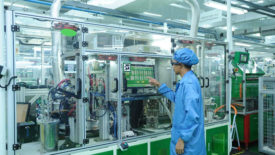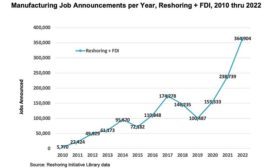Moser on Manufacturing
Editor’s note: Harry Moser’s
column will appear every other
month. Has your company reshored
production? Are you thinking
about it? We’d like to hear
from you. We would love to report
on your successes or opportunities
in future issues. Contact harry.
moser@reshorenow.org.
ARTICLES
Get our new eMagazine delivered to your inbox every month.
Stay in the know on the latest assembly trends.
SUBSCRIBE TODAY!Copyright ©2024. All Rights Reserved BNP Media.
Design, CMS, Hosting & Web Development :: ePublishing








